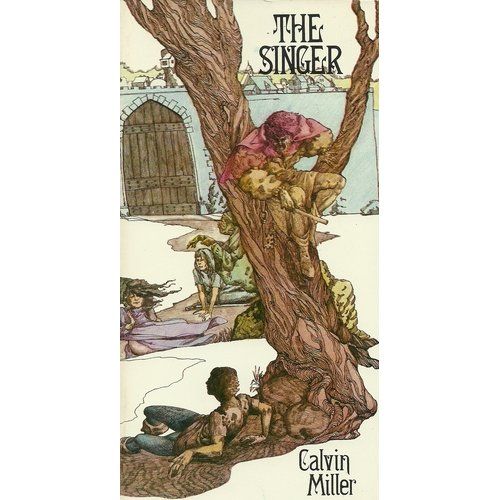Today’s hymn from Sing Praise is “Word that formed creation” by the American composer Marty Haugen, but set to the old French tune Noel Nouvelet, better known to the words of another Easter hymn, “Now the green blade riseth”. It shares with yesterday’s hymn (See what a morning) a sense of joyful hope, and a catchy tune. But there are contrasts too. This one is set in a minor key, which might seem odd for a song about joy and hope, but it works (I hope John can explain this musically).
There’s also a contrast in the words. Stuart Townend takes phrases from the Gospel accounts of the Resurrection and expounds them in a way that’s in agreement with received theology, but also in accessible language. Marty Haugen works with images that can be found in the Bible, but not necessarily in the Easter stories. The hymn addresses God or Jesus in different ways, which seem to blur the neat distinctions between Father, Son and Holy Spirit. But maybe that’s the point: God’s work in the divine-human Jesus at Easter is an inexplicable mystery that defies simple description.
The first verse speaks of God’s eternal being: the “Word that formed creation, earth and sea and sky” which is one understanding of Christ’s pre-existence; but which also brings salvation, and which we can call on now: “Living Word of Jesus, sound within us all”.
The second verse addresses God as “Love that formed and named us, filled this clay with breath, love that seeks and claims us, love beyond all death”. That God is not remote but should seek and claim us is part of the Gospel message. Here we call on the “Love that raised up Jesus [to] raise us up anew”.

The third verse seems to address the Holy Spirit, “Song of joy and wonder, sound so wild and free, voice of wind and thunder, boundless as the sea”. Here we call on the “song that sang in Jesus [to] sing within us here”. I’m reminded of Calvin Miller’s allegory of Jesus in “The Singer” which our work book group studied last year. The last verse, more clearly Trinitarian in structure, summarises the above: God of creation, salvation and inspiration.
I don’t know how to explain how the music works in the way Stephen says it does, but he’s right. I think it is maybe because the tune is in the melodic minor rather than the harmonic minor – so on the way up the scale both the 6th and 7th notes are sharpened, and this effect means the third note of the tune is higher than one should expect, so gives an unexpectedly cheerful instant of light in what would otherwise seem a dour tune. This oddity also explains why the different hymn books disagree so much on how to harmonise the tune, and personally speaking I have to confess that I think the David Iliff harmonisation in the book (which puts a lot of major chords into the minor tune, by also sharpening various other notes) doesn’t really work. (For me the key point is that the tenor in bar 3 is (a) not really the melody, and (b) even if it were it is part of the descending scale which follows it and therefore doesn’t warrant a sharp.)
I’m grateful to Stephen for his commentary on the words, for I must confess that to me the hymn seemed rather random in its wording, and I hadn’t found much coherence of thought through it, except for the Trinitarian structure of the last verse. I’m not really sure that I’m all that comfortable in addressing the Trinity as “Word, Love and Song”, particularly as “Word” seems to me to be a title of the 2nd Person rather than the 1st Person of the Trinity. And I also wasn’t really sure how this was an Easter hymn, as opposed to Christmas (v1) or Pentecost (v3)? Sorry about that!